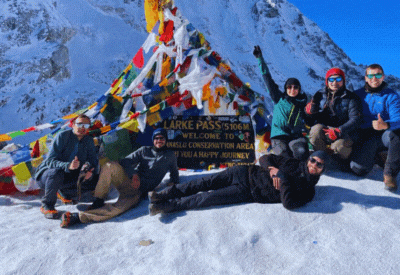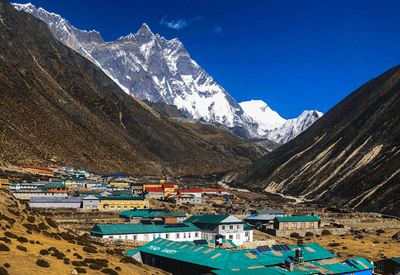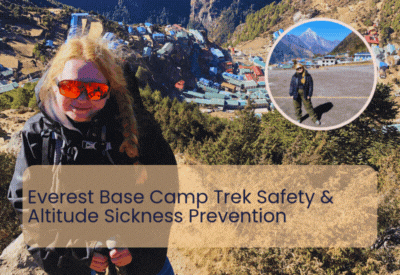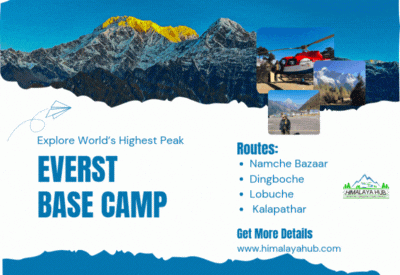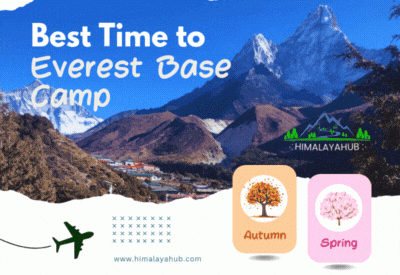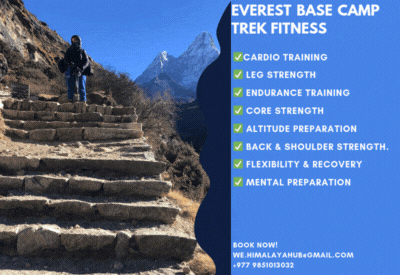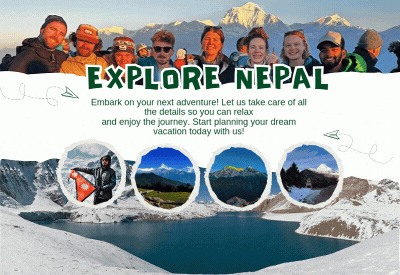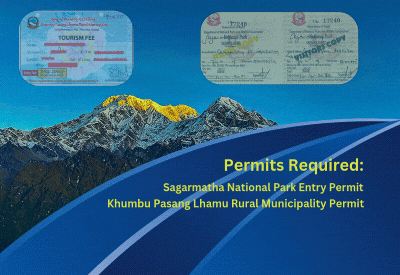Starting off your journey through the stunning trails of the Mardi Himal trek is a dream come true for many trekkers. The trails which provide views of snow-capped peaks, lush forests, and authentic cultural encounters are situated in the Annapurna region of Nepal. This lesser-known trek provides you with the best experience of nature and fills your heart with peace and tranquility. While planning the Mardi Himal trek, it is essential to have a clear understanding of the costs. This cost estimation will help you to make your experience memorable and budget-friendly. In this blog, we will provide a brief explanation of the cost breakdown of the various expenses you can expect in the Mardi Himal trek.
Mardi Himal Trek Cost
Table of Contents
Cost of Permit:
You will need two permits in order to go on the Mardi Himal Trek, the Trekkers' Information Management System (TIMS) card and the Annapurna Conservation Area Permit (ACAP). These permits are fundamental to entering the protection region and assist with financing preservation and upkeep endeavors. Each permit typically costs between $20 and $30. It's a good idea to check with the local authorities or your trekking agency for the most up-to-date information because permit costs can change.
Transportation Cost:
The village of Phedi, which is close to Pokhara, is where the Mardi Himal Trek begins. The initial cost of transportation is to travel to Phedi from Pokhara. The most well-known choices are private taxis or vehicles, shared jeeps, or transports. The price of a private taxi or car can range anywhere from $20 to $30, depending on negotiation and availability. The cost per person, which ranges from $5 to $10, will be lower if you take a shared jeep or bus. Depending on the state of the road, the journey usually takes between one and two hours.
Cost of Meals and Accommodations:
During the Mardi Himal trek, you will find teahouses and hotels along the path that give convenience and dinners. These teahouses offer fundamental conveniences, including a bed, a typical eating region, and shared latrine offices. The expense of convenience in a tea house goes from $10 to $20 every evening, contingent upon the area and elevation. Remember that as you climb to higher elevations, the costs might build because of the distance and restricted accessibility of assets.
Local Nepali dishes and international options are typically served at tea houses. Depending on your preferences and the location, a meal can cost between $5 and $15 per person. Try some of the local dishes, like dal Bhat (lentil soup with rice and vegetables) and momo (dumplings), which are both delicious and will give you energy for your trek.
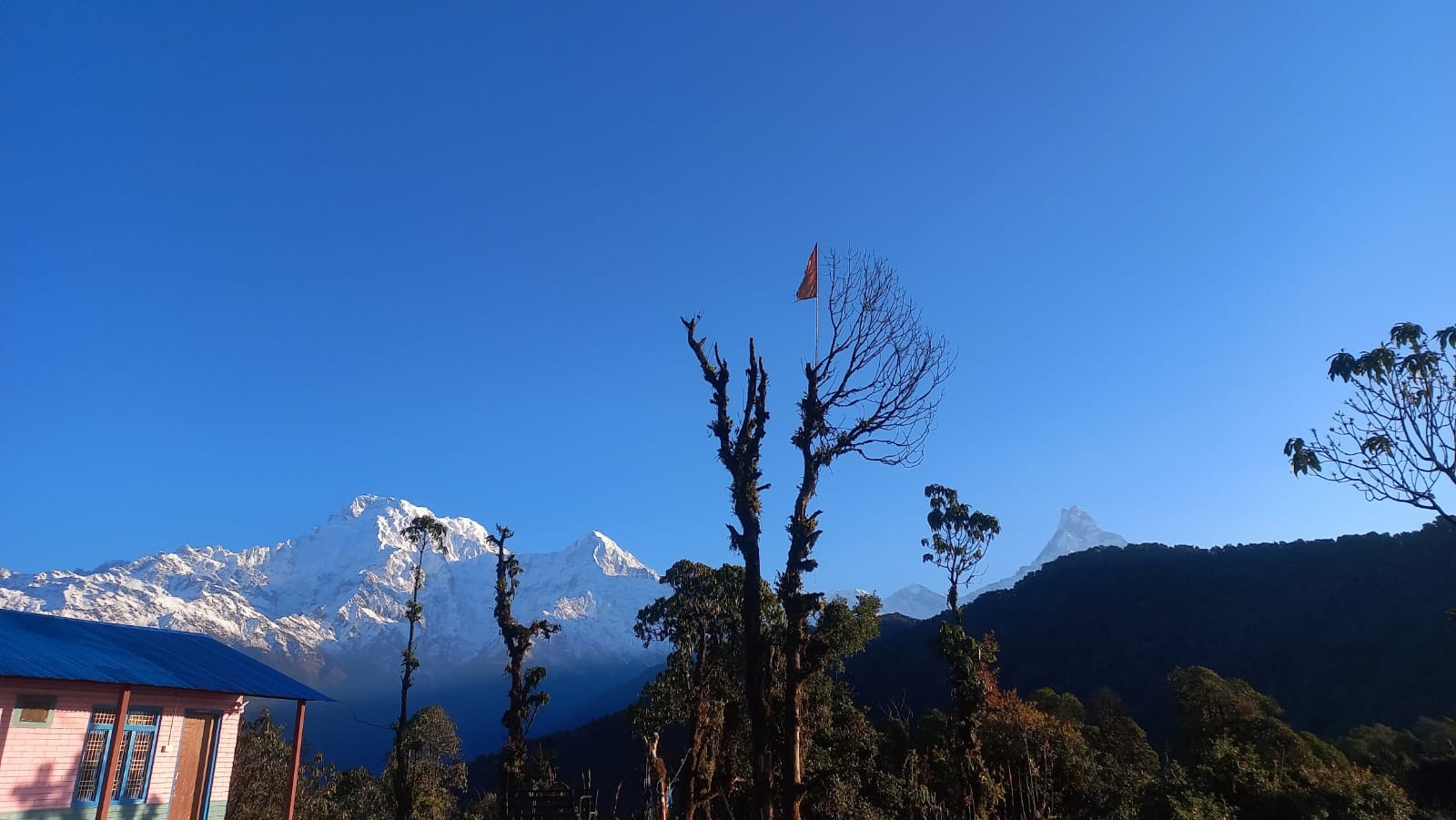
Guide/porter Expenses (If hired):
Employing a guide is an individual decision that can upgrade your trek experience. A guide can give significant bits of knowledge about the nearby culture, history, and topography, guaranteeing a protected and charming Mardi Himal Trek. The typical daily rate for hiring a guide is between USD 25 and USD 35. They pay for their housing, meals, and insurance with this fee. If you hire a porter, they can carry your backpack for you, lightening the load on your shoulders. It typically costs between $20 and $30 per day to hire a porter, which includes their lodging, meals, and insurance. Keep in mind that porters typically have a weight limit of 15 to 20 kilograms, so pack accordingly.
Individual Costs:
During the Mardi Himal trek, you should also think about personal costs in addition to the essential ones. Snacks, beverages, bottled water, hot showers, battery charging, Wi-Fi, and any additional services provided by tea houses are examples of these costs. Depending on your preferences and the availability of services along the Mardi Himal trail, it is recommended to set aside an additional $10 to $20 per day for personal expenses.
Costs Not Listed:
When you are making preparations for the Mardi Himal Trek, there are a few different costs that you might want to think about. Some examples include Travel Protection: Travel insurance that covers medical expenses, emergency evacuation, and trip cancellation is highly recommended. Your age, the options available to you for coverage, and the length of your trip all play a role in determining how much travel insurance will set you back. Travel insurance for a trek like the Mardi Himal Trek can cost anywhere from $50 to $150 on average.
Gear and Equipment for Hiking:
You might need to buy trekking boots, pants, backpacks, sleeping bags, trekking poles, and waterproof jackets if you don't already have one. These are the right gear for trekking which is help on completing the trek with easiness. The costs for these things can fluctuate contingent on their quality and brand. To ensure your comfort and safety on the trek, it's important to use dependable equipment.
If required, additional licenses: There may be additional permits required, such as the Special Area Permit for certain restricted areas, depending on the route and side trips you choose. These licenses will have an extra expense, which changes relying on the area and term of the visit. To find out if any additional permits are required for your chosen itinerary, it is essential to conduct research and make preparations in advance.
It's worth noting that the Mardi Himal Trek cost can vary based on several factors, including the duration of the trek, the level of comfort you seek, the number of side trips or detours you take, and your personal preferences. Additionally, prices may vary over time due to inflation or changes in regulations. It's always recommended to check with local trekking agencies or reliable sources to get the most accurate and up-to-date information on the costs involved. The Mardi Himal Trek offers a captivating and rewarding experience in the Annapurna region of Nepal. By understanding the breakdown of costs, including permit fees, transportation expenses, food and accommodation costs, guide/porter fees (if hired), personal expenses, and miscellaneous costs, you can plan your budget effectively and ensure a memorable and enjoyable trekking adventure. Proper planning and research will help you make informed decisions and allow you to focus on the incredible beauty of the Himalayas without financial worries. Remember to prioritize safety, comfort, and sustainability while experiencing the wonders of the Mardi Himal Trek.

